Aminah Robinson’s House in Columbus is What Virginia Kiah’s House in Savannah Should Be
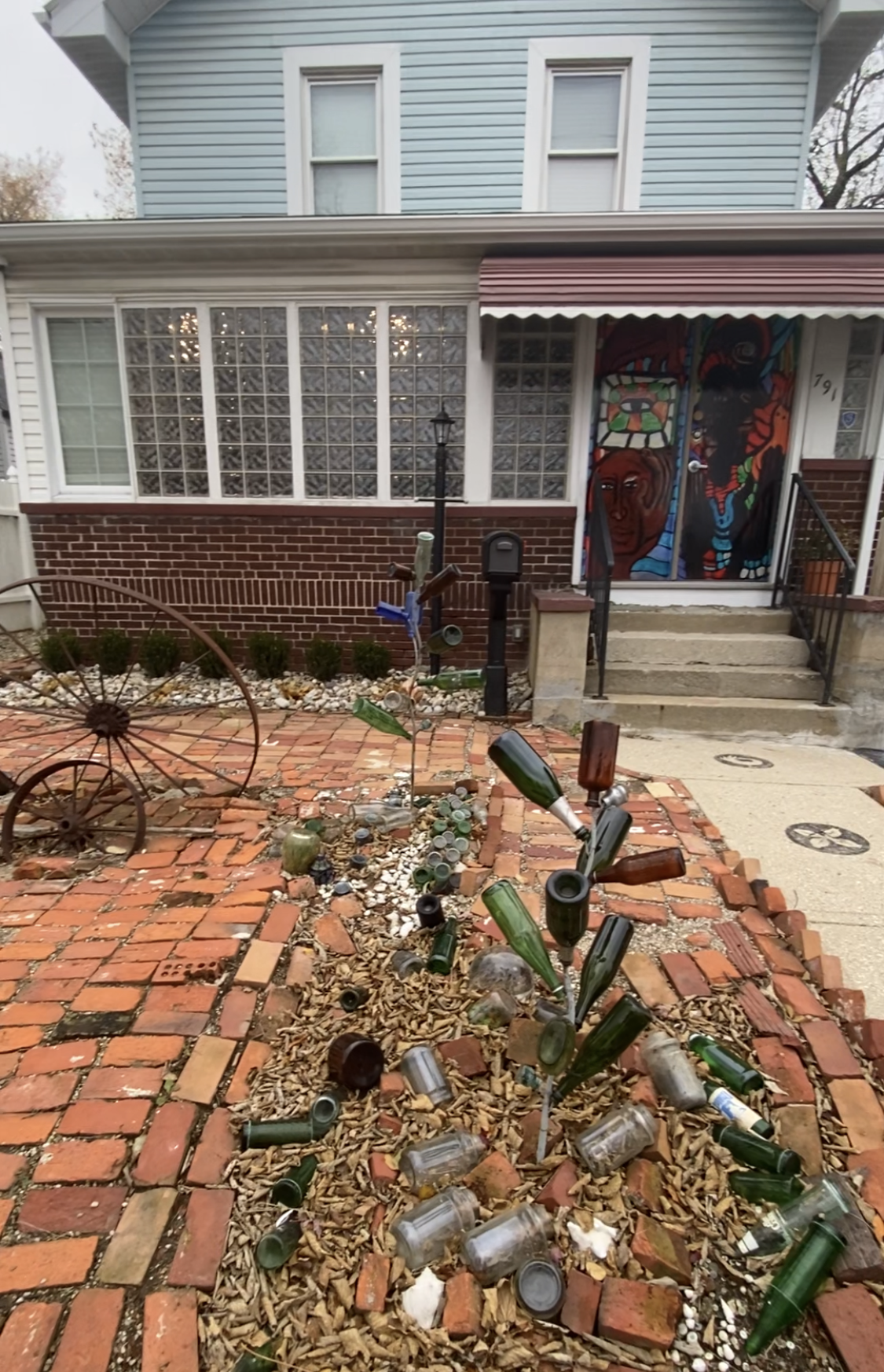
Virginia Kiah, in short, was born in 1911, grew up in Baltimore, and moved to Savannah in 1950. She taught at Beach High School then retired in 1963 to work on her art full-time. Amazing artist. One of her goals was to turn her home into a museum that would be accessible to everyone.
“I loved art, but I couldn’t go to a museum because my skin was black,” she said. “I told my mother that someday I’d like to have a museum everybody could go to.”
She married Calvin Lycurgus Kiah in 1950, which is who she moved to Savannah with. He was a professor and department chair at Savannah State University (then called Savannah State College). That man held his woman down! He knew it was her lifelong dream to own a museum, so he helped to make that happen for her. I talk more about the Kiahs here.
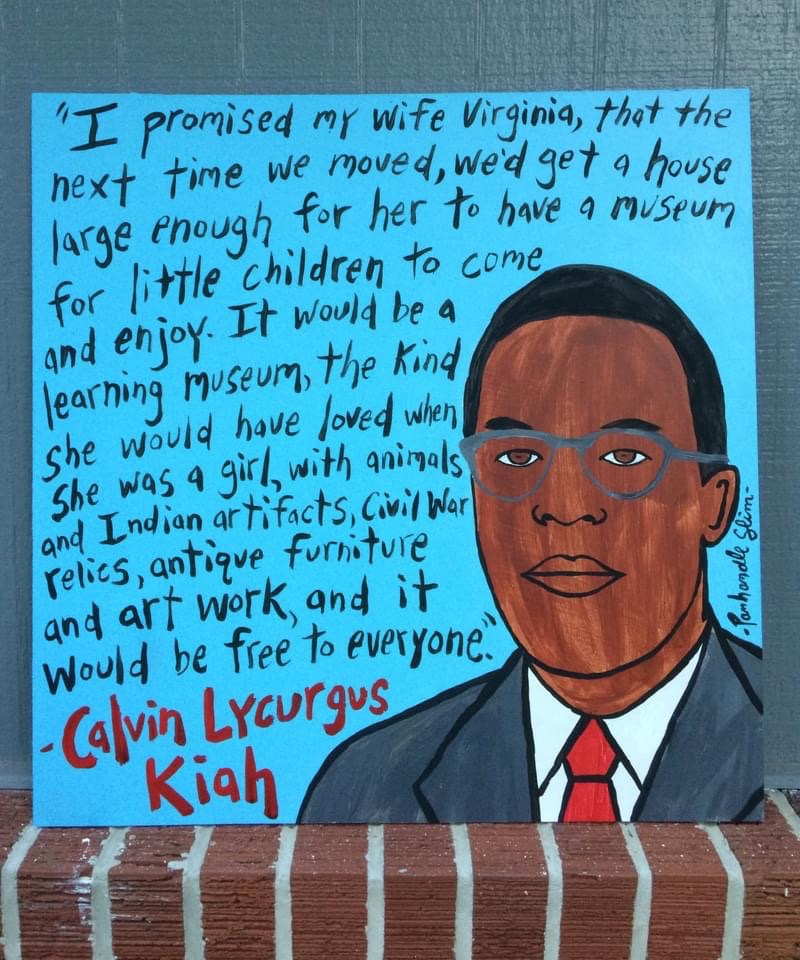
Artist: Panhandle Slim
On November 28th of 1959, her dream came true. Her home at 505 W. 36th Street in Savannah became a museum. The Kiah Museum. Though she wanted it to continue operating after their death, that wasn’t the case. It’s now boarded up due to neglect and deterioration. We outchea fighting for it though, and Dr. Deborah Johnson-Simon is one of the leaders in this fight to, at the minimum, get a historical marker placed at the site.
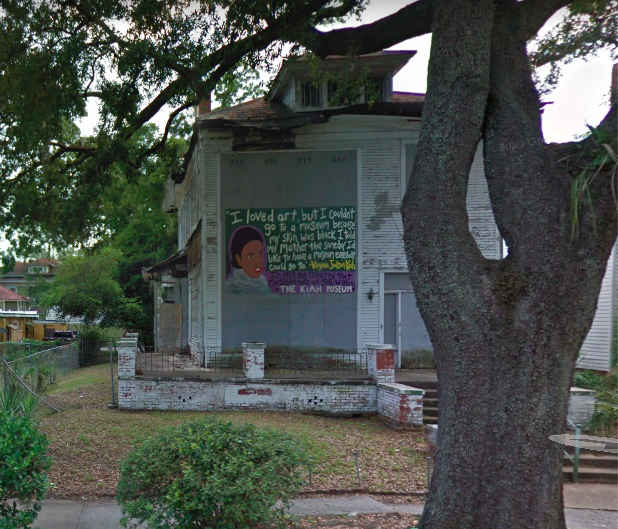
Sometimes you gotta see something like what’s it’s supposed to be to understand, and that’s a value of traveling.
I visited Columbus, Ohio earlier this month for the Black Fine Arts Fair. As editor of Black Art in America, I was introduced to Wendy Kendrick, one of the gallery’s newest artists. She told me that she was the artist-in-residence at Ms. Aminah Robinson’s house and offered to give us a tour. I didn’t know anything about Wendy or Ms. Aminah prior to my Columbus visit. After touring Ms. Aminah’s home and its magnificence (and learning that she has Gullah roots), I came back home and watched every YouTube interview of her that I could find. I fell in love with her spirit and her commitment to giving back to her community.
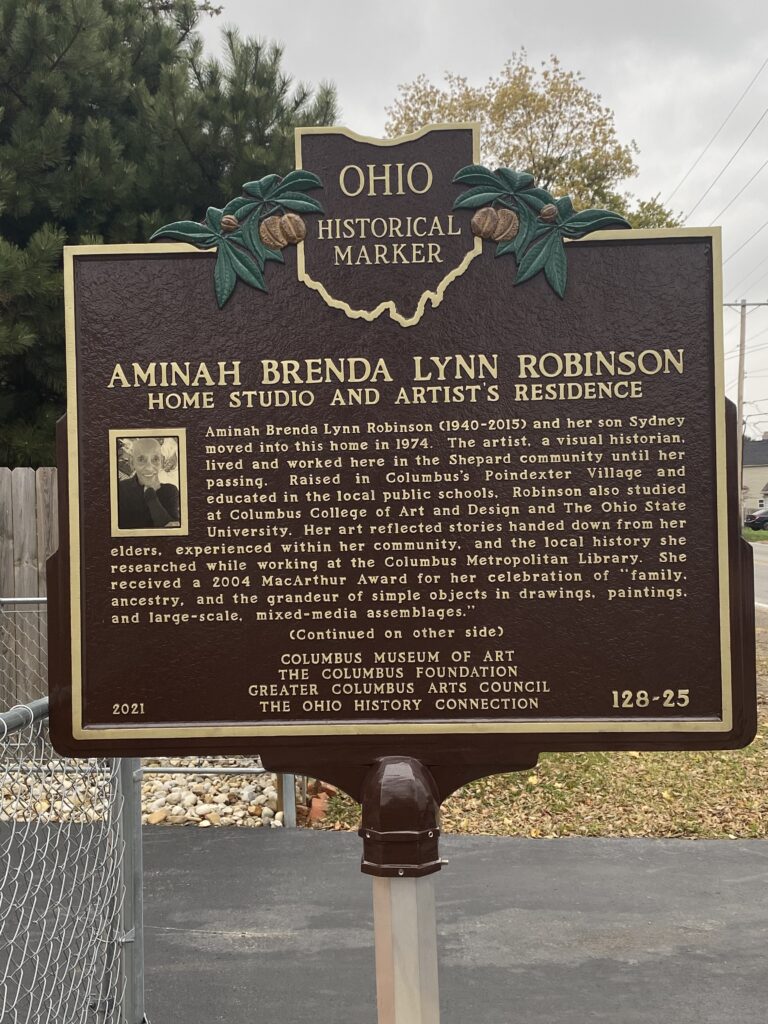
Ms. Aminah’s way of giving back was through storytelling. So many stories had been told to her about her city and her people, and, like me, she felt a responsibility to share those stories through books, yeah, but also through quilts, furniture, sculptures, and more. She left her home to the Columbus Museum of Art after she passed. The intention was for her home to become a museum and a residency for artists and writers. That’s exactly what it is. There’s a historical marker out front, educating people passing by on who she was. It’s an incredible experience to get a feel of Ms. Aminah—whose spirit is very much so still present in that house—and a feel of how Black history in Columbus contributes to the narrative of the city, the region, and the country as a whole.
Personal history is family history, which is community history, which is world history.
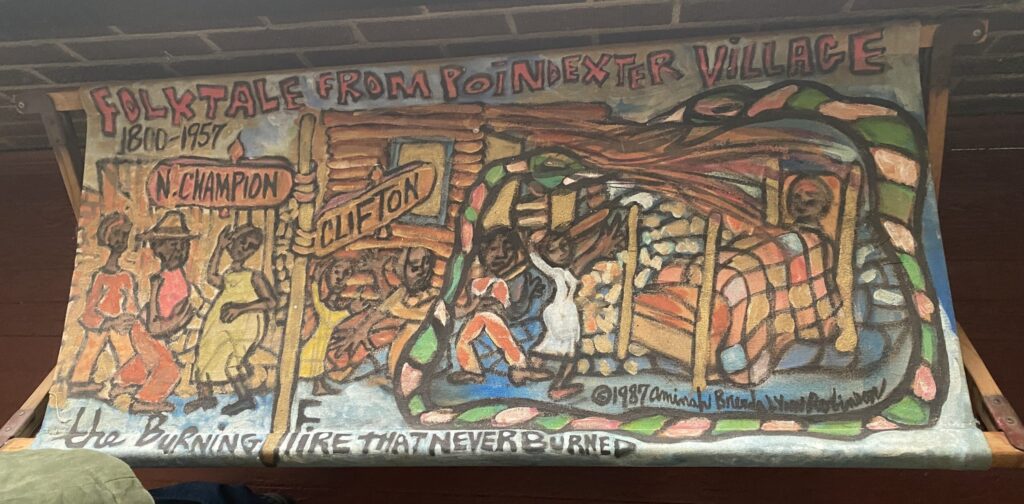
Leaving Ms. Aminah’s home, I immediately thought of Virginia Kiah’s home. Not only what it could be but what it should be. It shouldn’t look like it’s one gust of wind away from being blown to the ground. It should be rebuilt, repainted, furnished with her art and other artifacts. There should be a sign on the porch or the window, letting us know the hours of operation. There should be an historical marker out front, letting residents of Savannah and beyond know who she and her husband was to this city. We should be able to tour the home and be educated on the contributions of Black Savannah to our world’s history, and leave inspired. It should be exactly what Virginia Kiah wanted it to be.
We shouldn’t have to go all the way downtown to visit a museum. Not having the entrance fee shouldn’t stop you from the experience. The hugeness of the building and its security shouldn’t intimidate you and make you feel like you don’t belong. We need neighborhood museums. We need Virginia Kiah’s home to be marked and to also be publicly accessible. We need that.
P.S.: Click here to read the article I wrote about Ms. Aminah and Wendy Kendrick.
Much love to our new and recurring monthly patrons:
Jessi, June Johnson, Yolanda Acree, Cala, D. Amari Jackson, Yvonne Carter, Black Art in America, Nakia Morgan, Add your name here
Your monthly contributions give us the resources to pay black writers and artists, and get more creative and consistent in the content we deliver. We put a lot of time, love, and money into researching, writing, and sharing. Click here to learn more.


